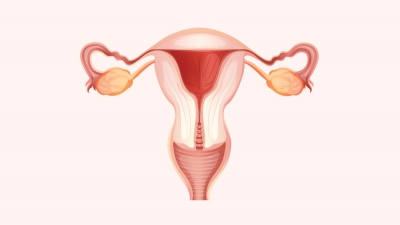
The reproductive system consists of the body parts used to create new life. Humans cannot reproduce on their own – both male and female cells are needed to make a baby. The reproductive organs are different in men and women, as they have different roles in the reproductive process.
Adults have special sex cells called gametes. The creation of a new baby begins when a male sex cell (Sperm) unites with a female sex cell (egg). This process is called fertilization. The male reproductive system makes the sperm to fertilize the female egg. The female system produces eggs and sustains the baby during its development in the uterus. After a baby is born, the mother’s mammary glands, in the breasts, produce milk to feed the baby.
The major function of the reproductive system is to ensure survival of the species. Other systems in the body, such as the endocrine and urinary systems, work continuously to maintain homeostasis for survival of the individual. An individual may live a long, healthy, and happy life without producing offspring, but if the species is to continue, at least some individuals must produce offspring.
Picture Credit : Google
